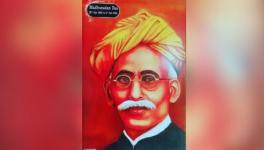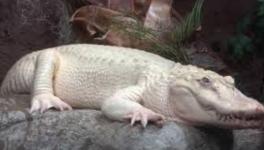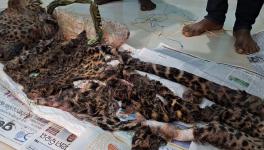Odisha: Wonder ‘Horseshoe’ Crabs in Balaramgadi Coast Continue to Attract Eyeballs
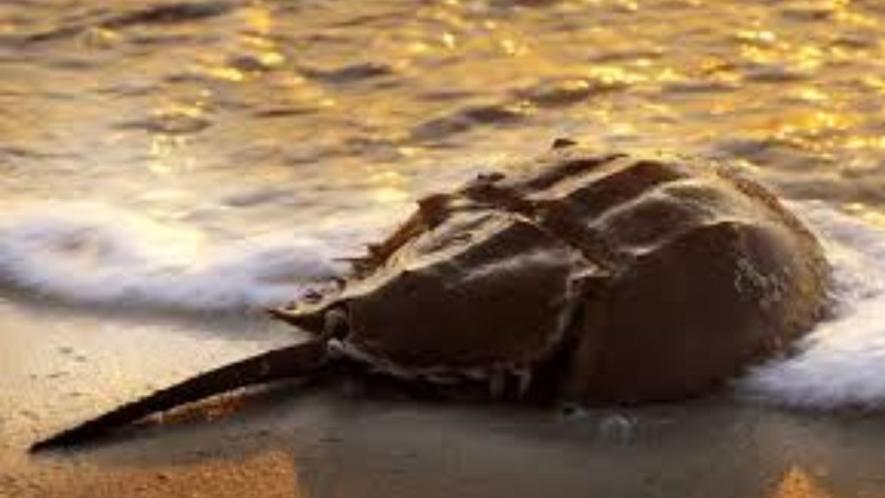
Odisha is home to a significant population of horseshoe crabs, with the highest density recorded at Balaramgari, Chandipur and Hukitola beaches.
Horseshoe crabs are one of the oldest living creatures on earth and possess invaluable medicinal properties.
The name “horseshoe crab” originates from the round shape of its head, just like the U-shaped shoe on a horse’s foot. The head is the largest part of the crab’s body and contains much of the nervous system and biological organs. The head has the brain, heart, mouth, nervous system, and glands—all protected by a large plate.
A study shows that the Horseshoe crabs have been around for more than 300 million years, making them even older than dinosaurs. They look like prehistoric crabs, but are actually more closely related to scorpions and spiders. The horseshoe crab has a hard exterior or exoskeleton and 10 legs, which it uses for walking along the seafloor.
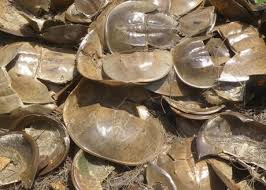
The middle section of the body is the abdomen, or opisthosoma. It looks like a triangle with spines on the sides and a ridge in the centre. The spines are movable and help protect the horseshoe crab. On the underside of the abdomen are muscles, used for movement, and gills for breathing.
Interestingly, Horseshoe crabs utilise different habitats depending on their stage of development. The eggs are laid on coastal beaches in late spring and summer. After hatching, the juvenile horseshoe crabs can be found offshore on the sandy ocean floor of tidal flats.
“Because horseshoe crab blood is so important for the medical industry, it is very expensive. A quart of horseshoe crab blood can be sold for $15,000 or more, due to the lack of suitable synthetic substitutes”, Sushil Dutta, a researcher on horseshoe crabs in Balaramgadi and few other areas in Odisha, told this writer.
Horseshoe crab blood is extremely important to humans because it is used as a safety test for vaccines. The blood is used to test vaccines for sterility. If a bacteria or endotoxin is present, the blood cells of the horseshoe crab will coagulate. This coagulation acts as a visual check for vaccine producers to test whether vaccines for humans are safe to administer. The COVID-19 vaccines were tested with horseshoe crab blood before being released to the public.
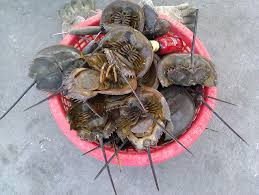
But there is a fear that excessive harvesting of the crabs for ‘blue blood’ might affect their population in case the process is given a free run. Because, harvesting is a crude process and the rate of death is imminent. Although not so alarming.
“Harvesting horseshoe crabs for blood in the medical field does have a 10-15% mortality rate. If horseshoe crabs are harvested to be used as bait for whelk and eel, the mortality rate of any caught horseshoe crabs is 100%,” cautions Dutta.
As the importance of its ‘blue blood’ grows, there is a beeline in some areas of the state with poachers on the prowl to collect these crabs and sell them to agents from the medical world, who further sell them for a good price.
There is a growing feeling, therefore, that the authorities need to impose a vigil over such indiscriminate poaching of horseshoe crabs.
The writer is a freelancer based in Odisha.
Get the latest reports & analysis with people's perspective on Protests, movements & deep analytical videos, discussions of the current affairs in your Telegram app. Subscribe to NewsClick's Telegram channel & get Real-Time updates on stories, as they get published on our website.












